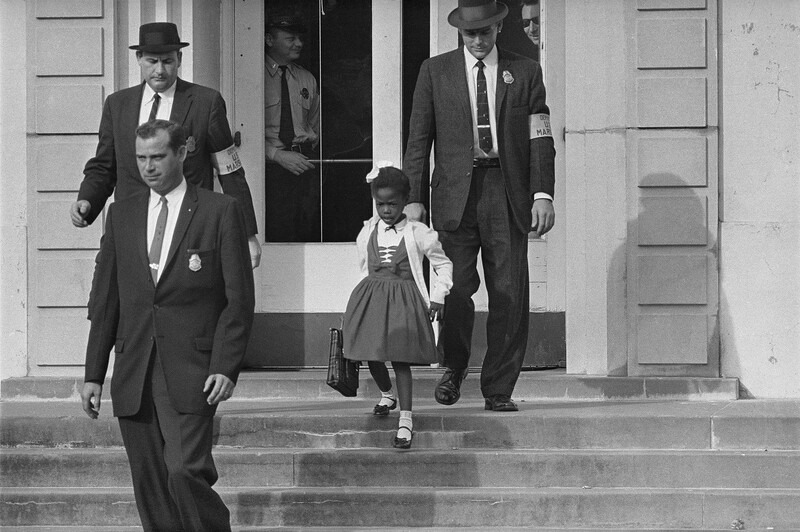Of the significant education anniversaries this year, most important is Brown v. Board of Education. Even to those of us who remember the headlines, it is still hard to believe that Brown was handed down 50 years ago. And although its implementation was uneven, its policy impact cannot be overstated. Brown settled the issue once and for all that racial equality is the law of the land, breathing new life into the Declaration of Independence's lofty assertion that all men are created equal.
In second place is a relative new-comer, NCLB, signed into law Jan. 7, 2002. NCLB is the lineal descendent of Brown and a civil rights statement of its own, one that is likely to have consequences as far-reaching. (Indeed, the competition for second place is stiff; ESEA was a major reform, as was 94-142, and both had powerful civil rights dimensions.)
Brown, it must be remembered, was a singular ruling with a singular purpose: It ended invidious racial segregation. The Brown plaintiffs were the members of a black family who lived in a state where students were assigned to schools by race. The family sought and won a singular remedy: the right to let their daughter attend her neighborhood school.
Although the Brown decision was right on the merits, it has been criticized retroactively because of its reliance on social science research. In particular, Footnote 11 cites a famous study in which the researchers concluded that the “fact” that both black and white children preferred white dolls to black ones was a sign of diminished self-respect among black youngsters and a consequence of racial isolation. It seemed to me then—as it does now—that social science research is a slender reed for the Court to lean on. (I wonder what they would have made of my daughter, a white girl whose favorite doll was black.) Be that as it may, Brown was self-evidently a moral issue—all men and women are created equal. Full stop. No social science needed. Plessy v. Ferguson, the 1896 ruling that upheld legally enforced segregation, was simply wrong.
I, for one, am convinced that Brown was decided on moral grounds and that the social science citation was simply a tip of the court's hat to modernity. Chief Justice Earl Warren knew how momentous Brown would be and went to heroic lengths to forge a unanimous opinion. He even orchestrated the opinion's release to be sure that there would be no leaks that would dilute its impact. And even though 90 years had passed since Union forces won the Civil War, the opinion still struck like a thunderbolt. Rare was the prognosticator who anticipated Warren's skill, determination, and vision.
NCLB is cut of the same cloth in terms of its sweep and vision (and its reliance on social science research). But it is a very different piece of work.
First, NCLB is the product of a lengthy, and largely public, deliberative process involving 535 members of Congress, the Office of the President, and the Office of the Secretary of Education, not to mention platoons of lobbyists and special pleaders. It is impossible to imagine Brown emerging from a similar process; the closest thing to it would be Lyndon B. Johnson's Civil Rights Act, momentous to be sure, but the product of political horse-trading on an epic scale. As it was, Johnson himself predicted that the Act would hand the South to the Republicans. He was correct but did the right thing nonetheless. With Brown, the Court had no such calculus to worry about.
Second, NCLB, for all its social science pretensions, is quintessentially a moral proposition. It forced policymakers to confront the question, Whose child should be left behind? Mine? Yours? Our neighbor's? It operationalized John Dewey's admonition that each should want for all children what each wants for his or her own child.
It is important to remember that NCLB is not an empirical proposition. It does not say all children can learn, it asserts that all children will learn. It is an edict, an imperative. As a statement of moral purpose and high moral resolve, it is the logical sequel to Brown.
I conclude with a fond memory of jazz trumpeter Louis Armstrong's freewheeling reprise of Mack the Knife. Moved to repeat the chorus, he sings once more; moved to repeat it again, he memorably sings once more once. So, too, Brown and its modern progeny, NCLB: once more once.



